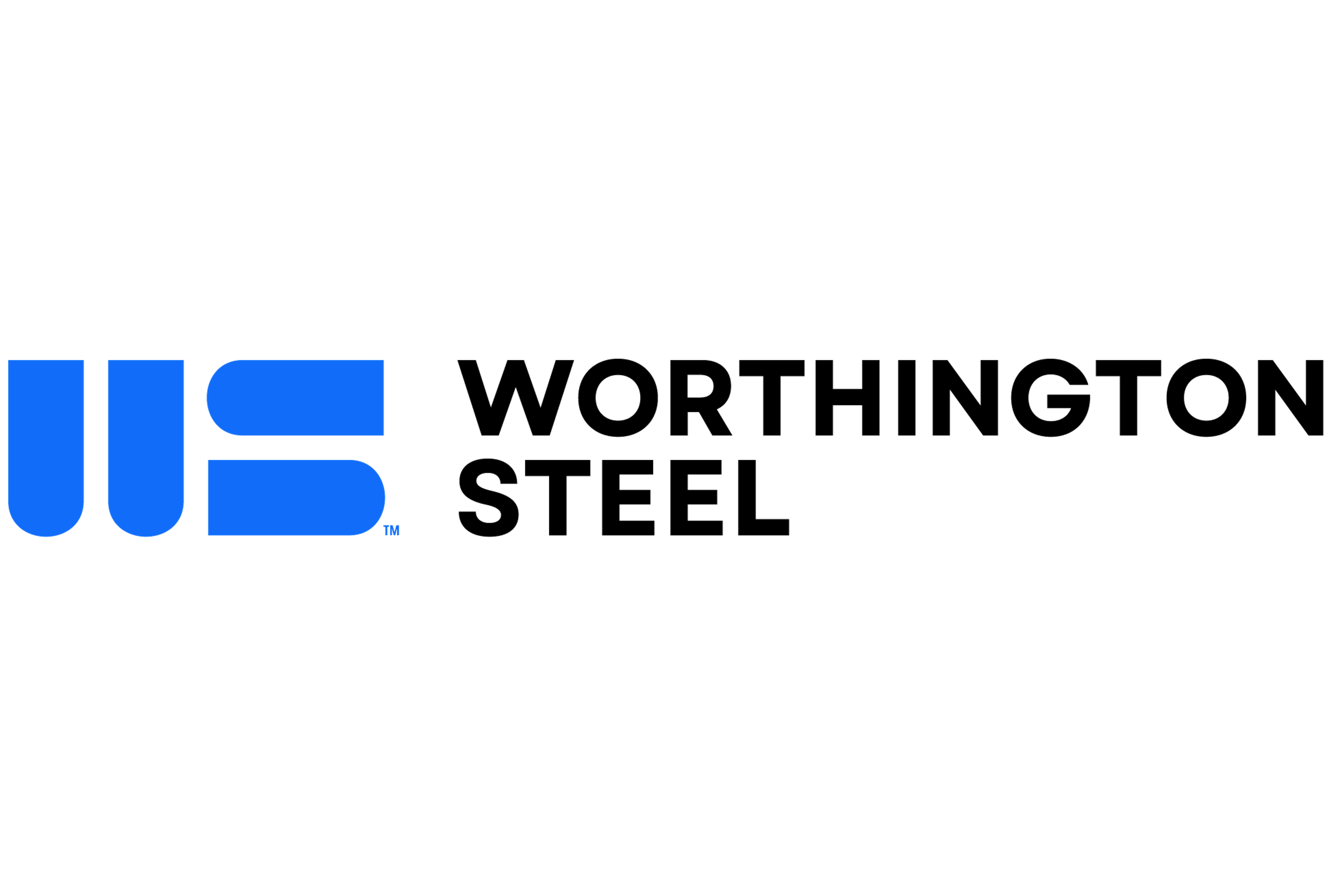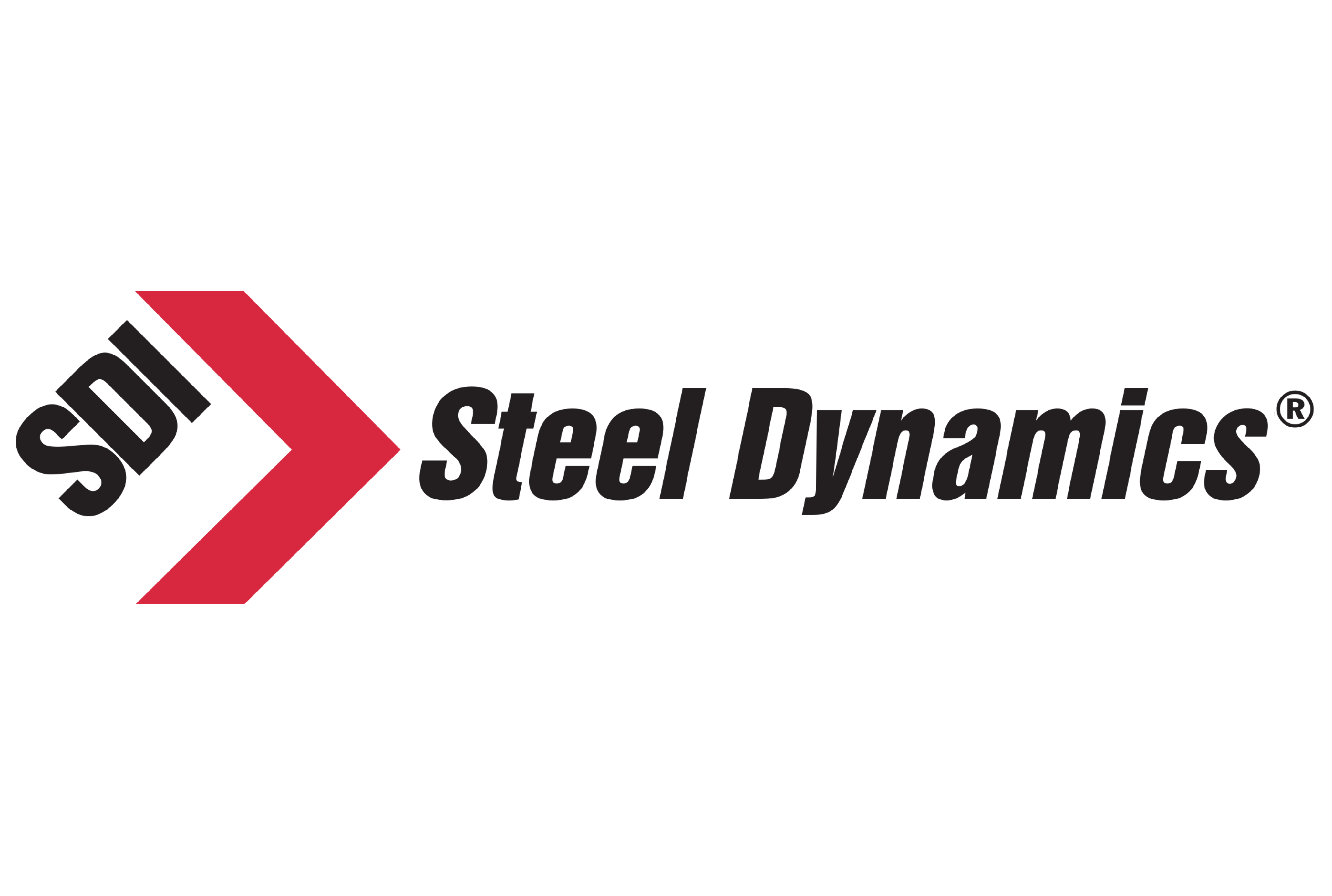Market Segment

August 4, 2021
Ternium Sees Lower Prices in 2H, Higher Floor
Written by Michael Cowden
Ternium thinks that North American steel prices might move lower later this year but that they will bottom at a new, higher level than in previous cycles, the company’s top executive said.
“Prices are probably going to begin a downtrend at some point during the second half. But I don’t expect this to be a very profound downturn,” Máximo Vedoya, CEO of the Latin American steelmaker, said during a conference call with analysts on Wednesday, Aug. 4.
![]() Prices will remain higher than in prior cycles because of continued strong demand, export restraints in China and Russia, and “very aggressive” steel industry decarbonization targets, which will result in some older capacity being permanently idled, Vedoya said.
Prices will remain higher than in prior cycles because of continued strong demand, export restraints in China and Russia, and “very aggressive” steel industry decarbonization targets, which will result in some older capacity being permanently idled, Vedoya said.
And scrap will be more expensive in the future because those decarbonization actions will result in increased production via electric-arc furnaces (EAFs). “More and more, we are going to depend on scrap. And prices for raw materials are going to be higher,” he said.
One analyst suggested that prices could fall to $1,000 per ton, a roughly 50% decrease from current prices but still well above historical averages.
“I see a trend that prices are going to be at a new normal in the future. I don’t want to put a number on that new normal. But it’s going to be higher,” Vedoya said.
As for operations, Ternium’s new hot strip mill at its industrial center in Pesquería, Mexico, will ship roughly 660,000 short tons (600,000 metric tonnes) in the second half, up from prior forecasts of approximately 440,000 tons.
As the new mill – which rerolls slabs into coil – continues to ramp up, Ternium will have less slab to supply from its operations in Brazil to third-party customers. The company shipped slightly less than 770,000 short tons of slabs to customers in the second quarter, and the “new normal” for slab shipments to external parties will be approximately 330,000-440,000 tons in the future, Vedoya said.
Most of the external shipments will remain within Brazil, to company’s such as Usiminas that Ternium has traditionally supplied. And as the new hot strip mill in Pesquería edges closer to its rated capacity of 4.4 million tons per year, Ternium will be in the market for more slabs from third parties to support its operations in Mexico, he said.
With that megaproject under its belt, Ternium is also analyzing other potential “organic” expansions – those achieved by building out its own capacity and capabilities rather than acquiring them from another company.
Ternium has no announcements to make now. But it’s safe to assume that the company will continue to focus on the Americas and that future investment plans won’t include additional blast furnace capacity, Vedoya said.
Stricter rules of origin language in the U.S.-Mexico-Canada Agreement (USMCA) that go into effect in 2027 “will require us to expand our capacity in the region at some point down the road,” he said, noting that the company has plenty of time to consider its options in the meantime.
The focus is likely to be on expanding downstream capabilities, and Mexico is the most obvious place to locate such expansions. “Our hot strip mill is there, and our customers are there – so it makes sense to make at least a part of that in Mexico,” he said.
As for the Mexican market – Ternium’s primary focus – demand remains strong from the HVAC sector, for electrical motors and for appliances. And it is expected to improve in the automotive sector as the semiconductor shortage eases in future quarters. But commercial construction and infrastructure markets are soft.
And Ternium does not expect to participate in a significant way in infrastructure projects in the U.S. But the company does compete against U.S. exports. And Ternium should see less competition on that front to the extent U.S. capacity is tied up in infrastructure work, Vedoya said.
He brushed aside concerns about increased capacity, stressing that while prices might stop skyrocketing higher, demand continues to grow and shows no signs of slowing down. That means new capacity coming into the North American market should be absorbed. “If the demand shows signs of slowing down, those (new mills) are not the mills that will be closing. … Probably some old capacity will close. But I’m not seeing that right now,” he said.
One wildcard remains the COVID-19 pandemic because Latin America has yet to see the full impact of the Delta variant. And while vaccination rates in the region are improving, the percentage of people fully vaccinated against the virus is not as high as in Europe and the U.S. “So there continues to be a risk of further … disruption to the value chain,” Vedoya said.
By Michael Cowden, Michael@SteelMarketUpdate.com






